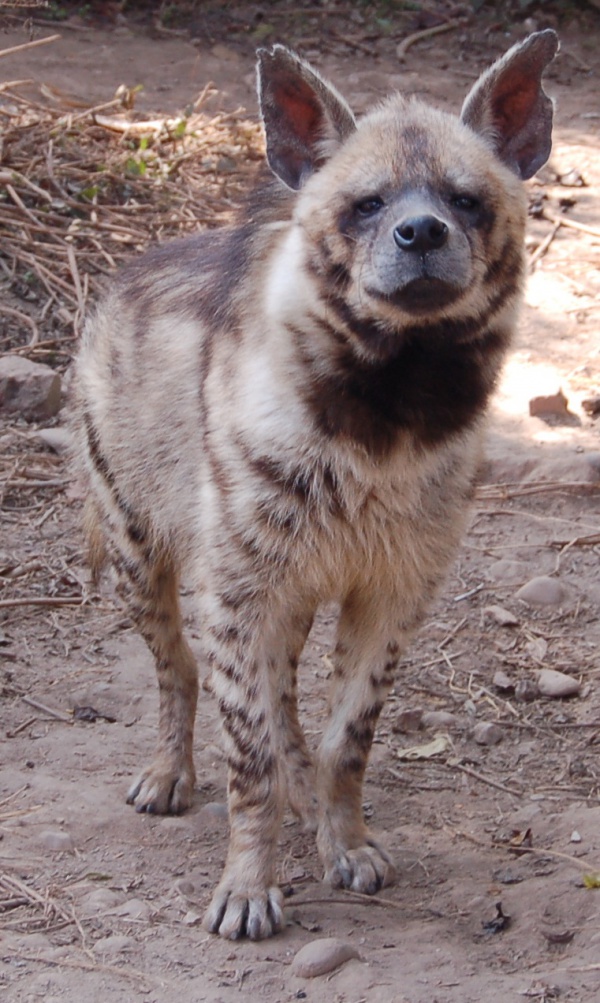Facts About Striped Hyaena
The striped hyena, a captivating creature, inhabits North and East Africa, the Middle East, Central Asia, and the Indian subcontinent. Regrettably, it is classified as near-threatened by the IUCN due to a diminishing population, primarily driven by habitat loss and human persecution. Among the true hyenas, the striped hyena is the smallest, retaining primitive features reminiscent of its viverrid ancestors. Although primarily a scavenger, it can hunt and has occasionally been known to attack humans.
These hyenas are monogamous, with both parents involved in rearing their young. They are nocturnal, foraging at night and returning to their dens by dawn. Striped hyenas hold significant places in Middle Eastern and Asian folklore, with some cultures attributing magical properties to their body parts.
Their evolutionary path began in Africa, with fossils dating back to the Middle Pleistocene. They expanded into Eurasia relatively late, likely after the spotted hyenas disappeared from Asia. Physically, they possess a distinctive build—a large torso, long legs, and a robust skull. Their fur adapts to the seasons, becoming dense in winter and shorter and coarser in summer. While there are no formally recognized subspecies, striped hyenas do exhibit some regional variations.
Behaviorally, these hyenas are predominantly nocturnal and typically live alone or in pairs. They are not territorial, and their home ranges often overlap. They mark their territory using secretions from their anal glands. Mating seasons vary by location, and their cubs, born with adult markings, are nurtured by both parents. Their diet consists mainly of scavenged carrion, though they can hunt when necessary. They often compete with wolves for food and scavenge from the kills of big cats.
Historically, the striped hyena's range spanned parts of Africa, the Middle East, and Central Asia, but now their distribution is fragmented, with isolated populations scattered throughout these regions. They have been intricately woven into various cultural tapestries, appearing in folklore, religion, and mythology. Humans have hunted them for various reasons, including livestock protection and superstitions. In some folk magic practices, their body parts are believed to possess mystical powers. Interestingly, striped hyenas can be tamed and trained, forming bonds with humans and other animals when raised in captivity.

 Algeria
Algeria